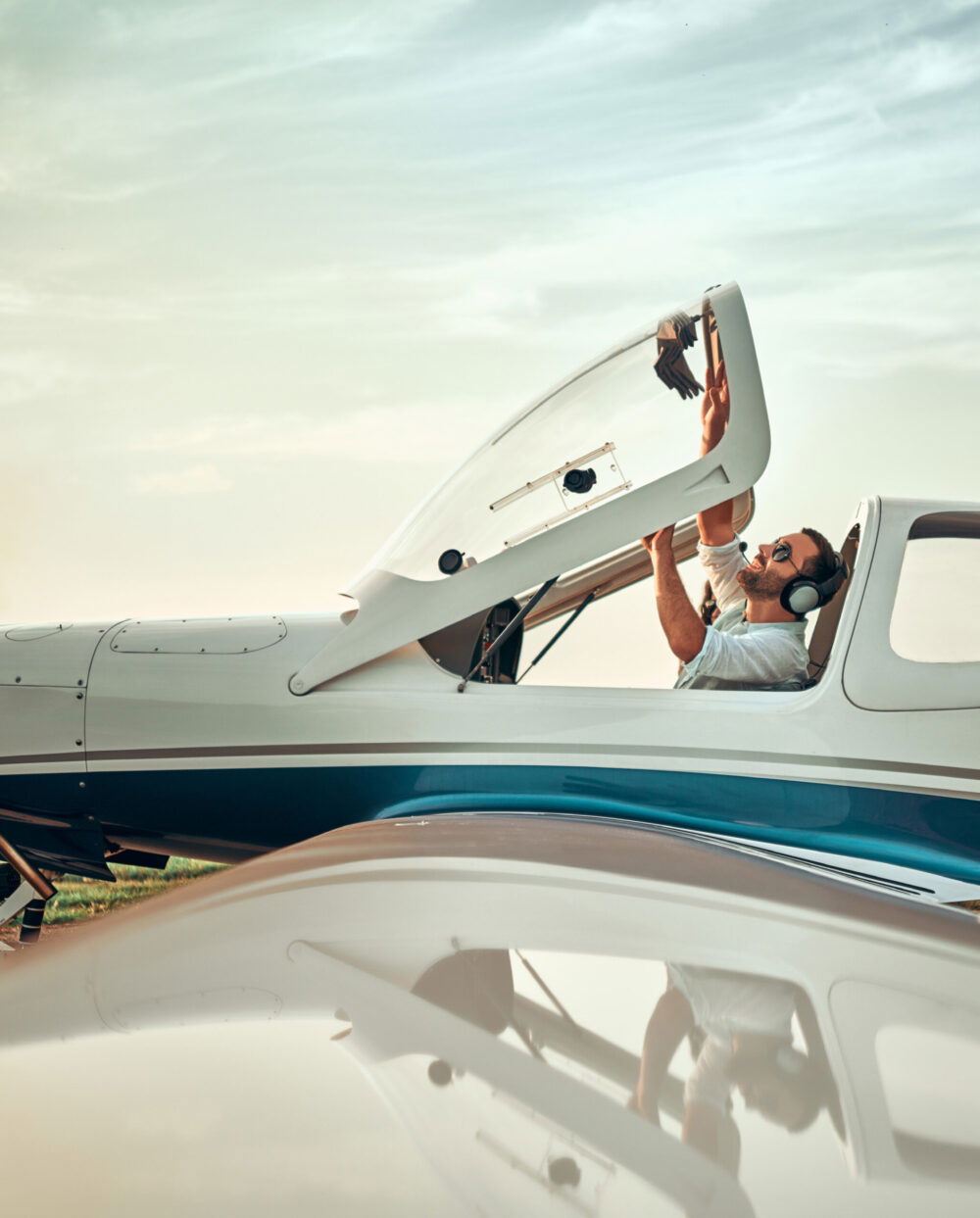Following a yearslong discussion with industry leaders, the FAA has agreed to allow balloon operators to fly in Class C airspace without automatic dependent surveillance-broadcast (ADS-B) equipment if they obtain a letter of agreement (LOA).
According to the FAA, “Each operator, whether a commercial business or individual pilot, will sign a LOA with the FAA to confirm they know the proper procedures in the Class C airspace that surrounds the areas.”
FAA’s decision brings clarity to its January 2020 ADS-B out equipage mandate, which had caused confusion on whether or not balloons would be required to install the technology like other aircraft.
According to the regulation, ADS-B out transmitters must be hardwired into the aircraft’s electrical system, but since hot air and gas balloons do not contain electrical systems, balloon operators argue that the requirements do not apply to them.
As the FAA sought to clarify guidance for balloon operators, waivers were granted for special events, such as last year’s annual Albuquerque International Balloon Fiesta—the largest ballooning event on earth. Balloon operators and enthusiasts expressed their concerns over the FAA mandate saying it would have a huge impact on tourism in the state as the event includes more than 500 balloons and draws hundreds of thousands of visitors.
Scott Appelman, president & CEO of Rainbow Ryders Ballooning Company, has been a key advocate for the ballooning community and has been working to change the FAA’s controversial regulations.
Appelman told Albuquerque’s KOB TV, “The small interruption that we dealt with probably cost us hundreds of thousands of dollars in sales. Because we couldn’t fly in the area, because we didn’t want to break any rules.”
He also said the cost to install ADS-B equipment could run operators between $3,000–$5,000 per balloon, which would pose a huge threat to recreational ballooning.
After several meetings with stakeholders, however, the FAA has appeared to change its tune. Now, balloon pilots may operate in Class C airspace with an LOA, while the FAA reviews the safety risk panel report.
“Essentially, what ended up coming up was, there’s no inherent risk, or there’s never been a reported, you know, midair collision with a balloon and a fixed wing. So the group as a whole decided that they would continue to monitor the situation, collect data and see if there’s any reason for this to be addressed,” said Appelman.
The FAA recommends that operators contact the closest air traffic control tower to renew or apply for an LOA if one is nearing expiration or an operator does not yet have one.




